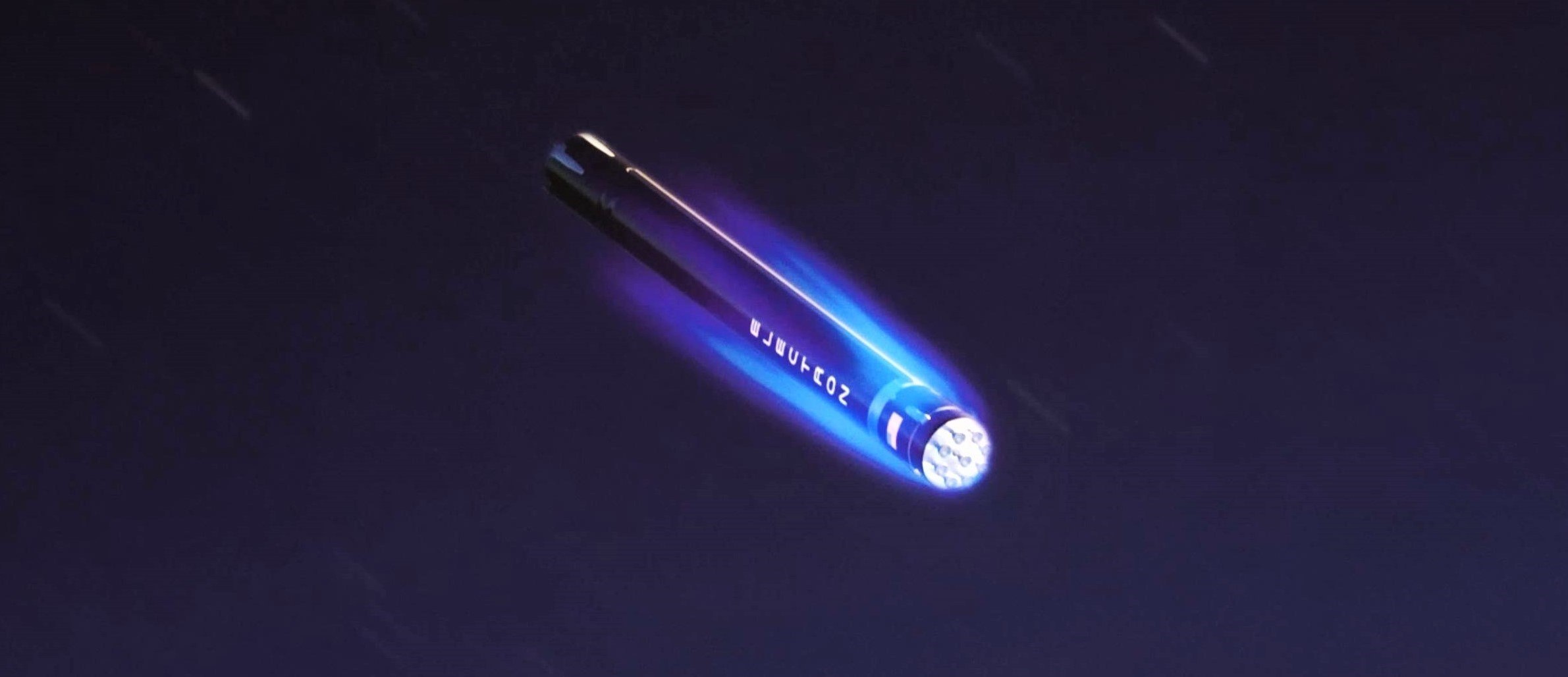

News
Rocket Lab’s first step towards SpaceX-style rocket reuse set for next Electron launch
Just over a year ago, Rocket Lab announced intentions to recover the first-stage of its small Electron launch vehicle, potentially making it the second private company on Earth – after SpaceX – to attempt to recover and reuse an orbital-class rocket.
In a media call earlier this week, Rocket Lab founder and CEO, Peter Beck, revealed that the first recovery attempt has been expedited to mid-November and will occur following the next flight of Rocket Lab’s Electron rocket.
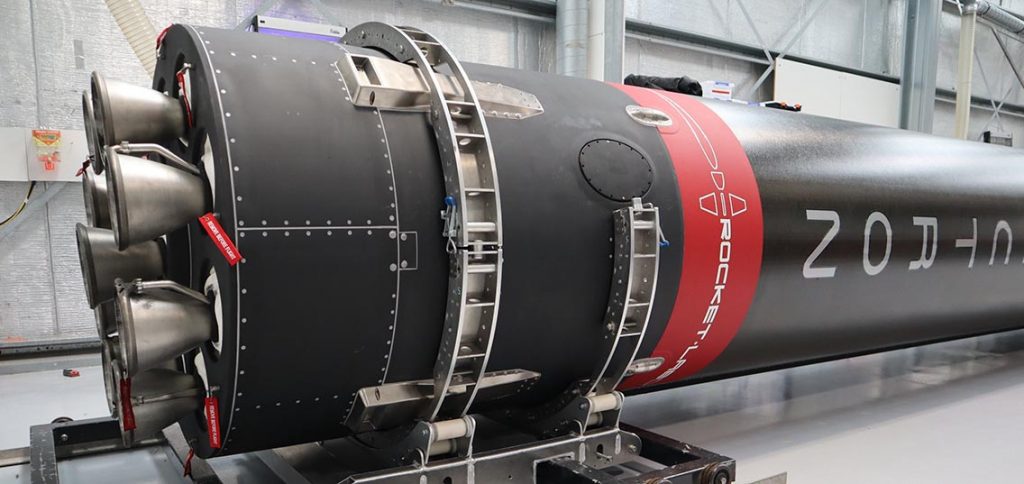
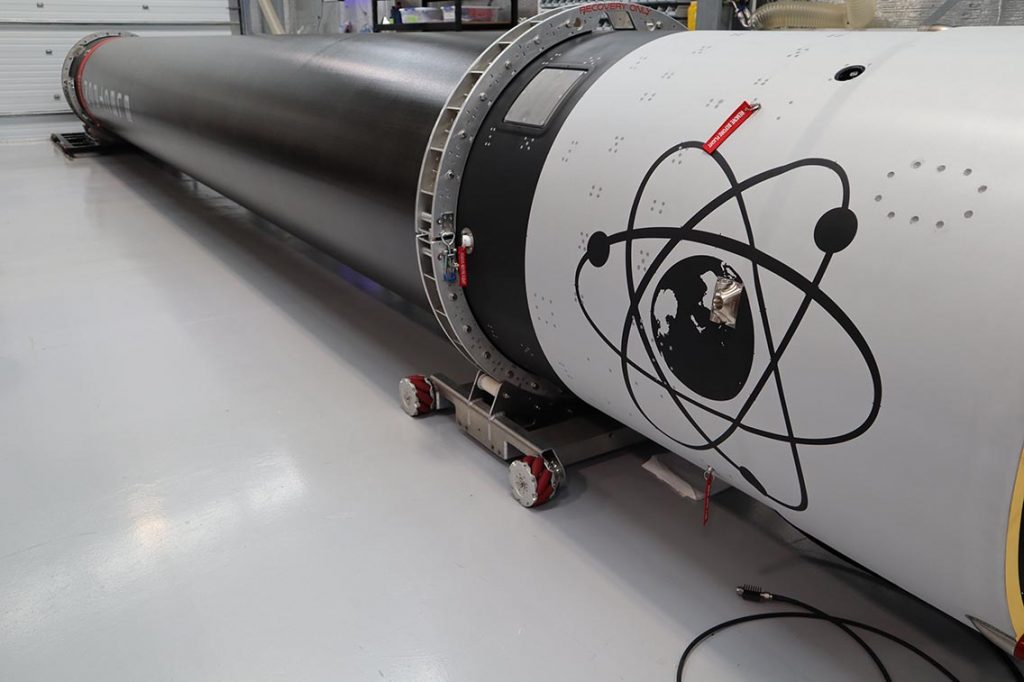
Like competitor SpaceX, Rocket Lab aims to recover its first stage Electron booster to decrease production time and increase launch cadence. Rocket Lab now has three launchpads to launch from and is licensed by the Federal Aviation Administration to carry out up to 130 launches per calendar year. In order to increase the launch cadence of the Electron, production times need to decrease. This can effectively be accomplished with the recovery, refurbishment, and reuse of the small, carbon composite rocket booster.
Recovery Doesn’t Happen Overnight
Initially, the first step of recovering an expended first stage – a guided and controlled soft water landing under a parachute and retrieval by sea-vessel – was intended for the seventeenth launch of the Electron prior to the end of this calendar year. However, Rocket Lab is now targeting the sixteenth launch for the first recovery attempt, a mission appropriately nicknamed “Return to Sender.” When asked what prompted the move to an earlier launch, Beck stated to reporters, “the guys got it done in time. With a new development like this, it’s always very dependent on how the program runs and the program ran very successfully.”
Rocket Lab has been working toward this recovery attempt for quite some time. In late 2018, Rocket Lab began collecting data during launches to inform future recovery efforts and determine whether or not it would even be feasible with a small-class rocket. The first major block upgrade of the Electron booster debuted on the tenth flight, “Running Out of Fingers,” in December 2019.
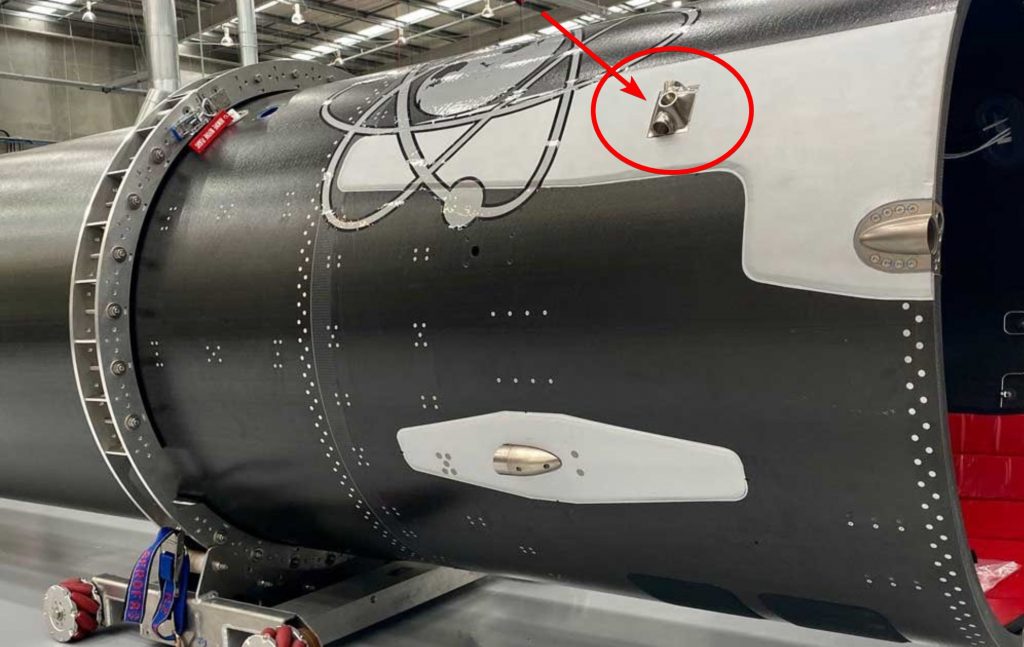
The first recovery milestone, a task Beck called getting through “the wall,” was achieved following the tenth flight. And again in January 2020 following a successful eleventh flight of Electron. The “wall” Beck refers to is the Earth’s atmosphere. Returning a booster through the atmosphere intact requires extreme precision in terms of re-entry orientation and how efficient the heat shield is.
Because the Electron is a small-class rocket, Rocket Lab was able to collect enough data from previous flights to determine that the carbon composite frame could withstand a fall through the atmosphere given a precise enough angle of attack to sufficiently distribute thermal loads. According to Beck, the process is referred to as an “aero thermal decelerator.”
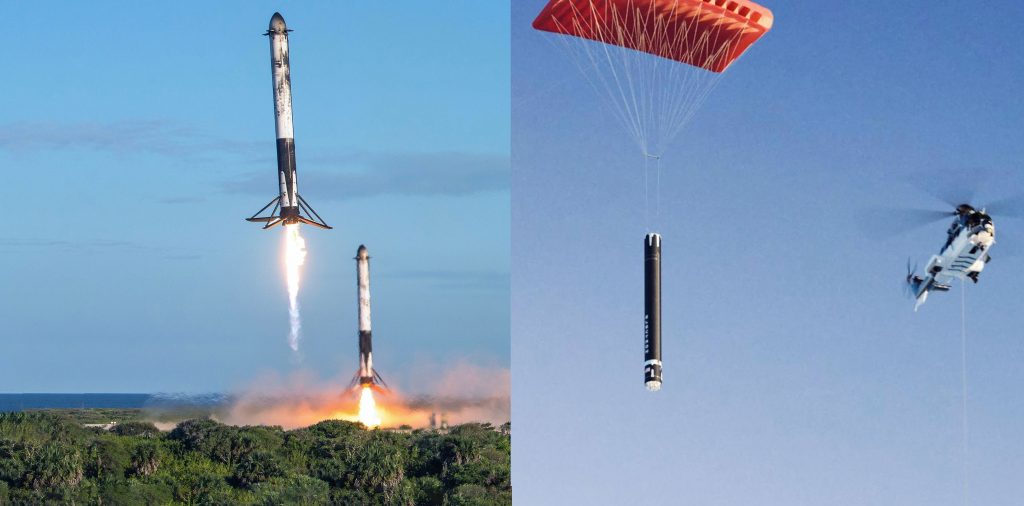
Small Rocket Following in Big Footsteps
SpaceX, Elon Musk’s space exploration company pioneered booster landing, recovery, and reuse efforts when the first Falcon 9 booster to successfully land returned to Landing Zone 1 at Cape Canaveral Air Force Station in Florida on December 21, 2015. SpaceX approaches the process of booster re-entry in a different way than what Rocket Lab has decided to attempt with Electron.
The Falcon 9 boosters perform a re-orientation flip and use the engines to perform what is known as a boost-back burn to set the rocket on the path to return to the Earth’s surface. The rocket then autonomously deploys titanium grid-fins that essentially steer, and slow the booster down as it falls through the atmosphere. Finally, the engines are re-ignited during a series of burns, and landing legs are deployed to propulsively land either at sea aboard an autonomous spaceport droneship or back on land at a landing zone.
The booster of Rocket Lab’s tenth mission in 2019 was outfitted with guidance and navigation hardware and cold gas attitude control thrusters used to flip and orient the booster to withstand the stresses of re-entry. Otherwise, no other hardware was incorporated to reduce the stresses of re-entry or slow the vehicle as it fell through the atmosphere. The booster made it through “the wall” intact and eventually slowed to a rate less than 900km per hour by the time it reached sea-level for an expected impact.
Eventually, Rocket Lab imagines its small Electron booster to be caught during a controlled descent under parachute canopy with a specially equipped helicopter and grappling hook. Beck and his team spent weeks outfitting a test article with prototype parachutes that were manufactured in-house.
A low-altitude drop test of a test article to simulate an Electron first stage was performed and a helicopter was able to snag the test article mid-air and deliver it one piece. Essentially, this proved that the concept was at least feasible and the small-class rocket could in fact be fully recovered to eventually be refurbished and reused. Since the completion of this drop test in April of 2020, the parachute design has been reevaluated and many more drop tests have been conducted. The final drop test with a more traditional system of a drogue parachute and an 18m ringsail type main parachute occurred in August of 2020 with a first stage simulator.
Next up, Rocket Lab plans to use the finalized design of the parachute system to bring Electron home safely for a soft landing in the Pacific Ocean. After which the booster will be collected by a recovery vessel, similar to the process that SpaceX uses to scoop its payload fairings from the water.
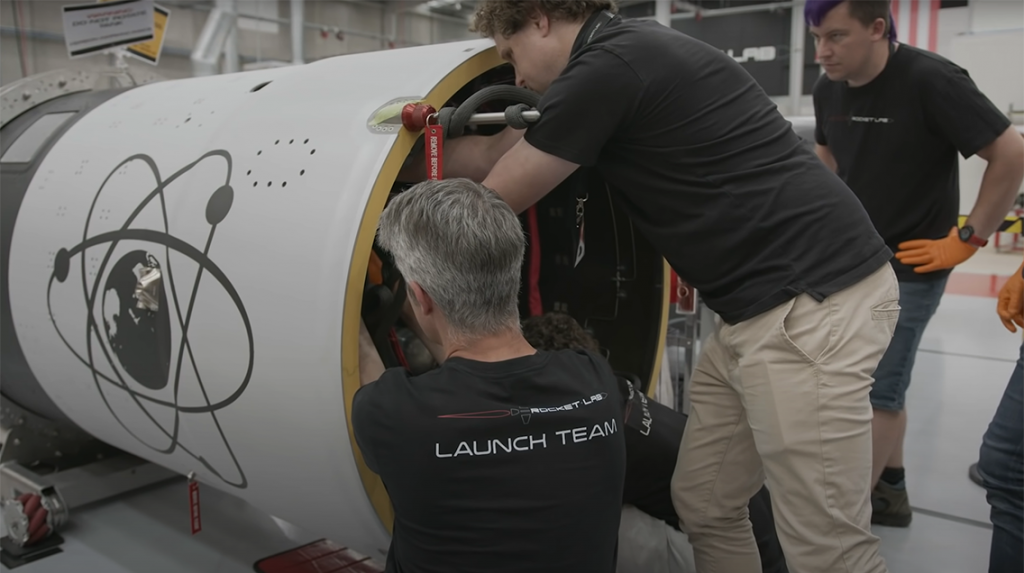
“Bringing a whole first stage back intact is the ultimate goal, but success for this mission is really about gaining more data, particularly on the drogue and parachute deployment system,” said Beck. With the parachute system verified the teams should be able to make any further iterations for a full capture and recovery effort on a future mission relatively quickly.
Rocket Lab will try to fully recover the “Return to Sender” expended first-stage booster once it separates approximately two and a half minutes after liftoff from Launch Complex 1 on the Mahia Penninsula of New Zealand. Electron will support a rideshare payload of thirty smallsats. The window to launch the sixteenth Electron mission opens on November 16 UTC (November 15 PT / ET). A hosted live webcast of the launch and recovery attempt will be provided on the company website approximately fifteen minutes prior to liftoff.

News
SpaceX reportedly mulling IPO, eyeing largest of all time: report
“I do want to try to figure out some way for Tesla shareholders to participate in SpaceX. I’ve been giving a lot of thought to how to give people access to SpaceX stock,” Musk said.
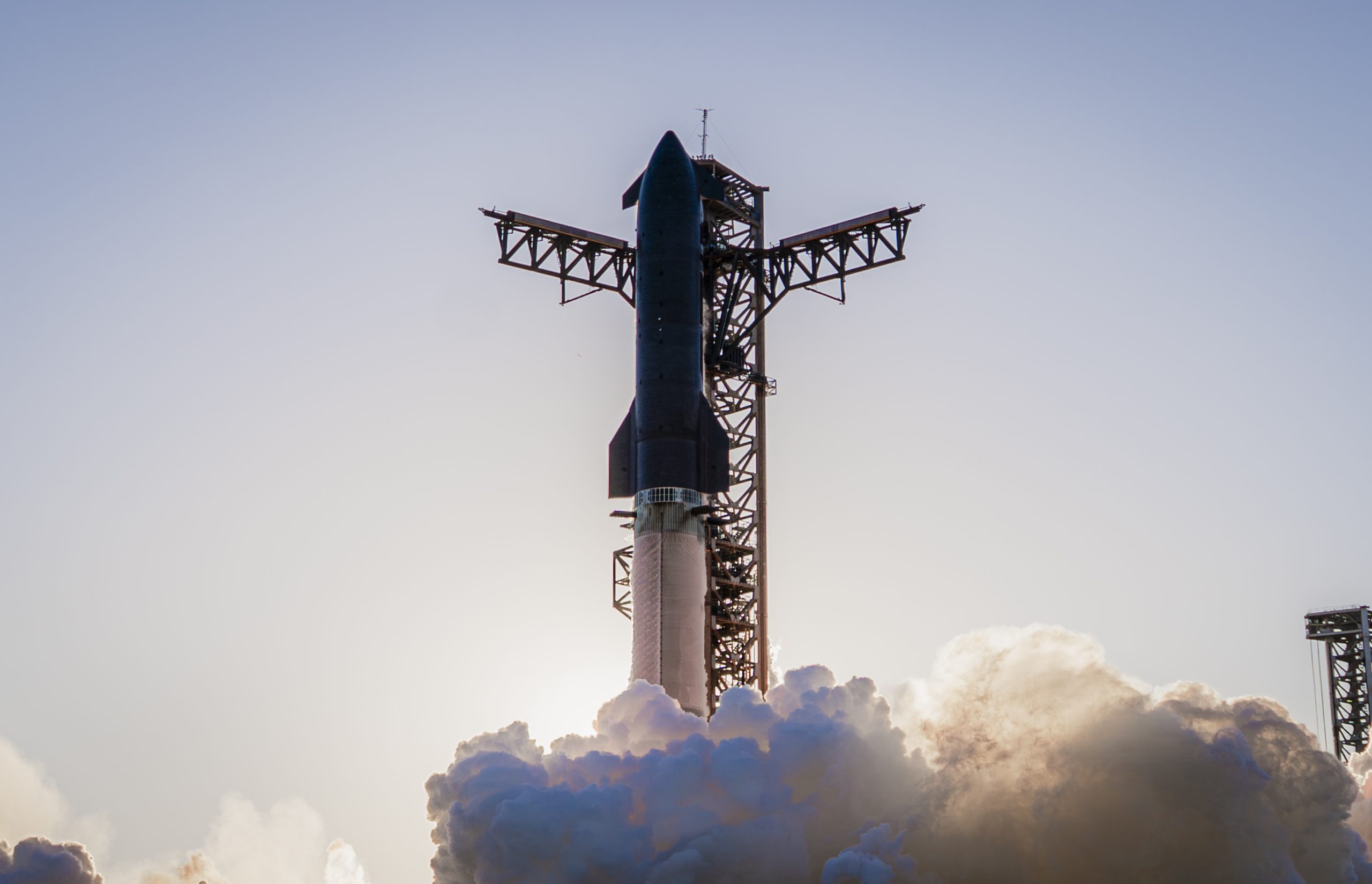
SpaceX is reportedly mulling an initial public offering, eyeing what would be the largest valuation at the time of availability of all time, a new report from Bloomberg said on Tuesday.
It is one of many reports involving one of Elon Musk’s companies and a massive market move, as this is not the first time we have seen reports of an IPO by SpaceX. Musk himself has also dispelled other reports in the past of a similar nature, including an xAI funding round.
SpaceX and Musk have yet to comment on the report. In the past, untrue reports were promptly replied to by the CEO; this has not yet gained any response, which is a good sign in terms of credibility.
Musk has discussed a potential IPO for SpaceX in recent months, as the November 6 shareholder meeting, as he commented on the “downsides” of having a public company, like litigation exposure, quarterly reporting pressures, and other inconveniences.
Nevertheless, Musk has also said he wants there to be a way for Tesla shareholders to get in on the action. At the meeting in early November, he said:
“I do want to try to figure out some way for Tesla shareholders to participate in SpaceX. I’ve been giving a lot of thought to how to give people access to SpaceX stock.”
Additionally, he added:
“Maybe at some point., SpaceX should become a public company despite all the downsides of being public.”
Musk has been historically reluctant to take SpaceX public, at times stating it could become a barrier to colonizing Mars. That does not mean it will not happen.
Bloomberg’s report cites multiple unidentified sources who are familiar with the matter. They indicate to the publication that SpaceX wants to go public in mid-to-late 2026, and it wants to raise $30 billion at a valuation of around $1.5 trillion.
This is not the first time SpaceX has discussed an IPO; we reported on it nine years ago. We hope it is true, as the community has spoken for a long time about having access to SpaceX stock. Legendary investor Ron Baron is one of the lucky few to be a SpaceX investor, and said it, along with Tesla, is a “lifetime investment.”
Tesla bull Ron Baron reveals $100M SpaceX investment, sees 3-5x return on TSLA
The primary driver of SpaceX’s value is Starlink, the company’s satellite internet service. Starlink contributes 60-70 percent of SpaceX’s revenue, meaning it is the primary value engine. Launch services, like Falcon 9 contracts, and the development of Starship, also play supporting roles.
News
SpaceX reaches incredible milestone with Starlink program
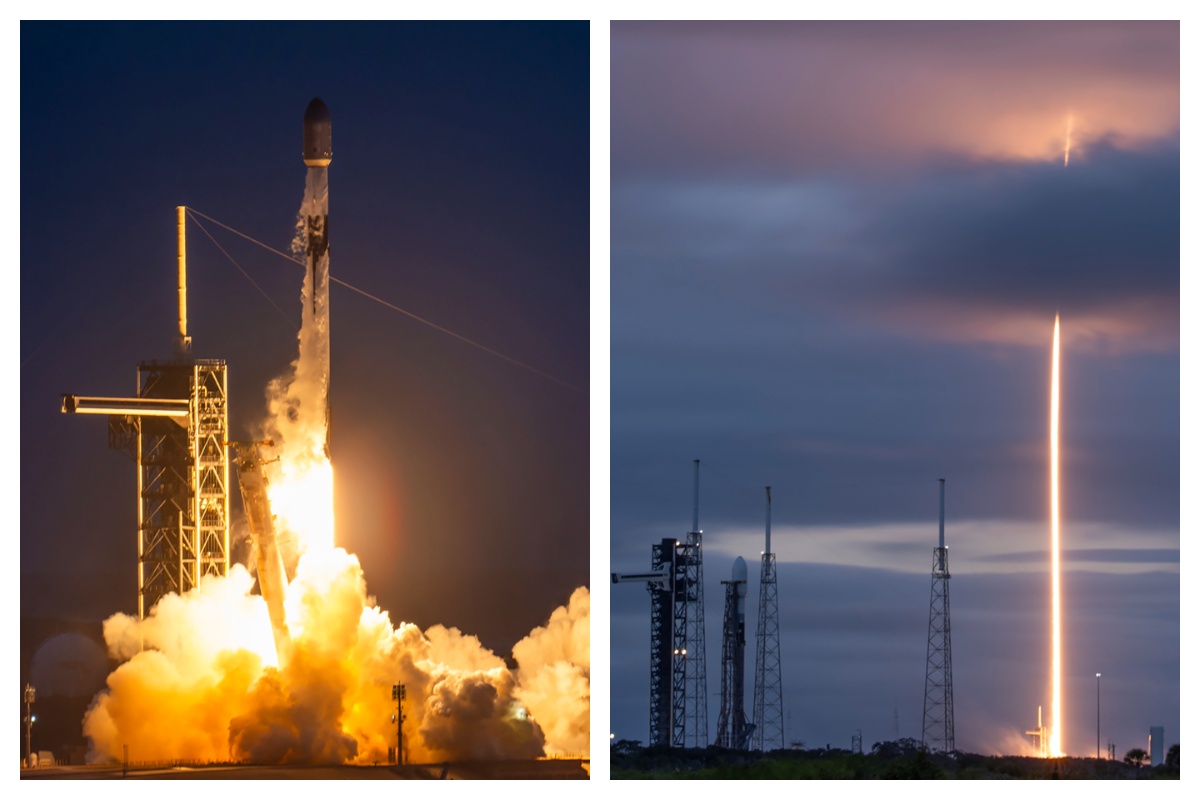
SpaceX reached an incredible milestone with its Starlink program with a launch last night, as the 3,000th satellite of the year was launched into low Earth orbit.
On Monday, SpaceX also achieved its 32nd flight with a single Falcon 9 rocket from NASA’s Kennedy Space Center.
The mission was Starlink 6-92, and it utilized the Falcon 9 B1067 for the 32nd time this year, the most-used Falcon booster. The flight delivered SpaceX’s 3000th Starlink satellite of the year, a massive achievement.
There were 29 Starlink satellites launched and deployed into LEO during this particular mission:
Falcon 9 launches 29 @Starlink satellites from Florida pic.twitter.com/utKrXjHzPN
— SpaceX (@SpaceX) December 9, 2025
SpaceX has a current goal of certifying its Falcon boosters for 40 missions apiece, according to Spaceflight Now.
The flight was the 350th orbital launch from the nearby SLC-40, and the 3,000 satellites that have been successfully launched this year continue to contribute to the company’s goal of having 12,000 satellites contributing to global internet coverage.
There are over five million users of Starlink, the latest data shows.
Following the launch and stage separation, the Falcon 9 booster completed its mission with a perfect landing on the ‘Just Read the Instructions’ droneship.
The mission was the 575th overall Falcon 9 launch, highlighting SpaceX’s operational tempo, which continues to be accelerated. The company averages two missions per week, and underscores CEO Elon Musk’s vision of a multi-planetary future, where reliable connectivity is crucial for remote work, education, and emergency response.
As Starlink expands and works toward that elusive and crucial 12,000 satellite goal, missions like 6-92 pave the way for innovations in telecommunications and enable more internet access to people across the globe.
With regulatory approvals in over 100 countries and millions of current subscribers, SpaceX continues to democratize space, proving that reusability is not just feasible, but it’s also revolutionary.
News
Tesla expands new Full Self-Driving program in Europe
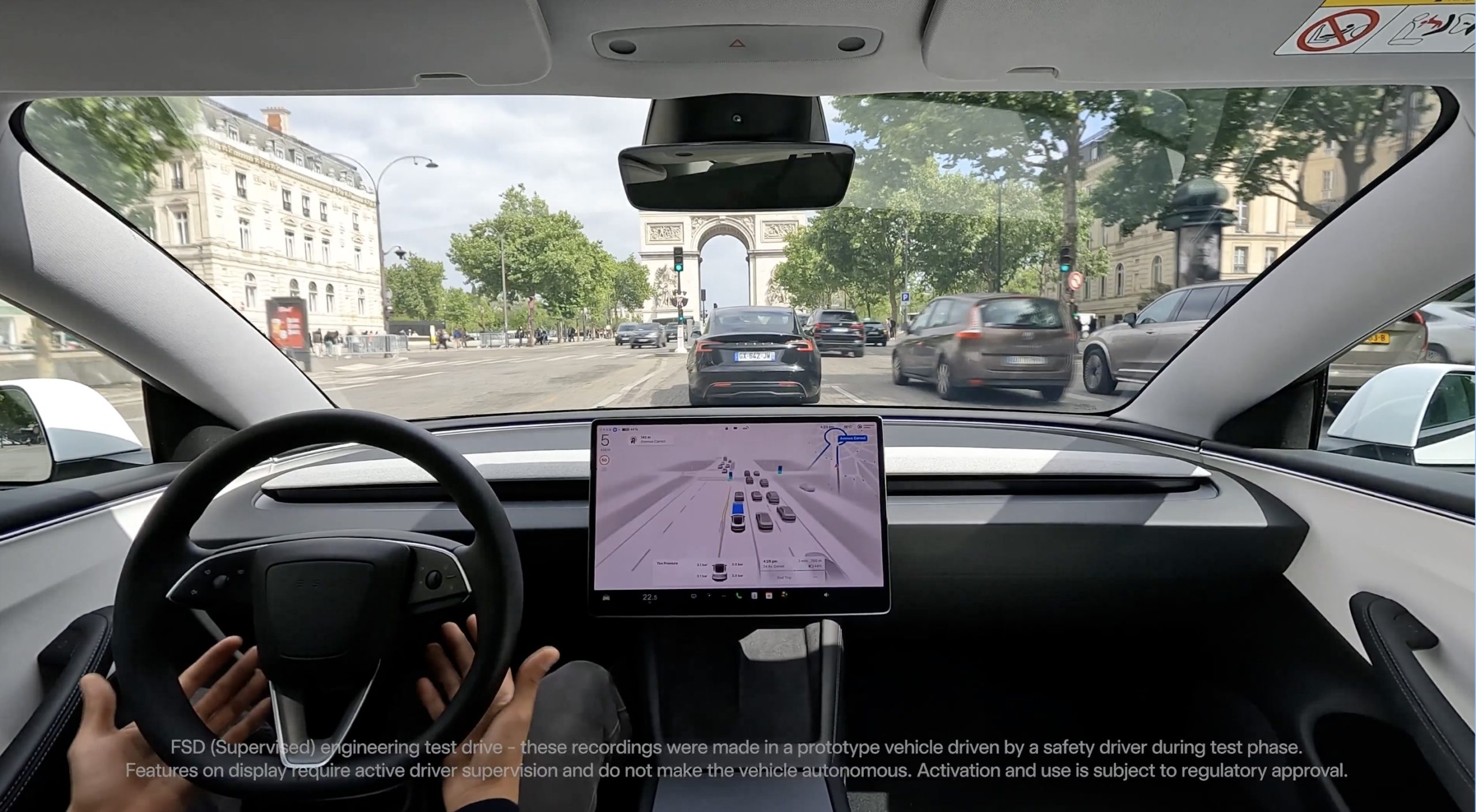
Tesla expanded its new Full Self-Driving program, which gives people the opportunity to experience the company’s suite, in Europe.
Tesla recently launched an opportunity for Europeans to experience Full Self-Driving, not in their personal vehicles, but through a new ride-along program that initially launched in Italy, France, and Germany back in late November.
People could experience it by booking a reservation with a local Tesla showroom, but timeslots quickly filled up, making it difficult to keep up with demand. Tesla expanded the program and offered some additional times, but it also had its sights set on getting the program out to new markets.
It finally achieved that on December 9, as it launched rides in Denmark and Switzerland, adding the fourth and fifth countries to the program.
Tesla confirmed the arrival of the program to Denmark and Switzerland on X:
Now available in Denmark & Switzerland
🇩🇰 https://t.co/IpCSwHO566 https://t.co/V2N5EarLNX
— Tesla Europe & Middle East (@teslaeurope) December 9, 2025
The program, while a major contributor to Tesla’s butts in seats strategy, is truly another way for the company to leverage its fans in an effort to work through the regulatory hurdles it is facing in Europe.
Tesla has faced significant red tape in the region, and although it has tested the FSD suite and been able to launch this ride-along program, it is still having some tremendous issues convincing regulatory agencies to allow it to give it to customers.
CEO Elon Musk has worked with regulators, but admitted the process has been “insanely painful.”
The most recent development with FSD and its potential use in Europe dealt with the Dutch approval authority, known as the RDW.
Tesla says Europe could finally get FSD in 2026, and Dutch regulator RDW is key
Tesla said it believes some regulations are “outdated and rules-based,” which makes the suite ineligible for use in the European jurisdiction.
The RDW is working with Tesla to gain approval sometime early next year, but there are no guarantees. However, Tesla’s angle with the ride-along program seems to be that if it can push consumers to experience it and have a positive time, it should be easier for it to gain its footing across Europe with regulatory agencies.








